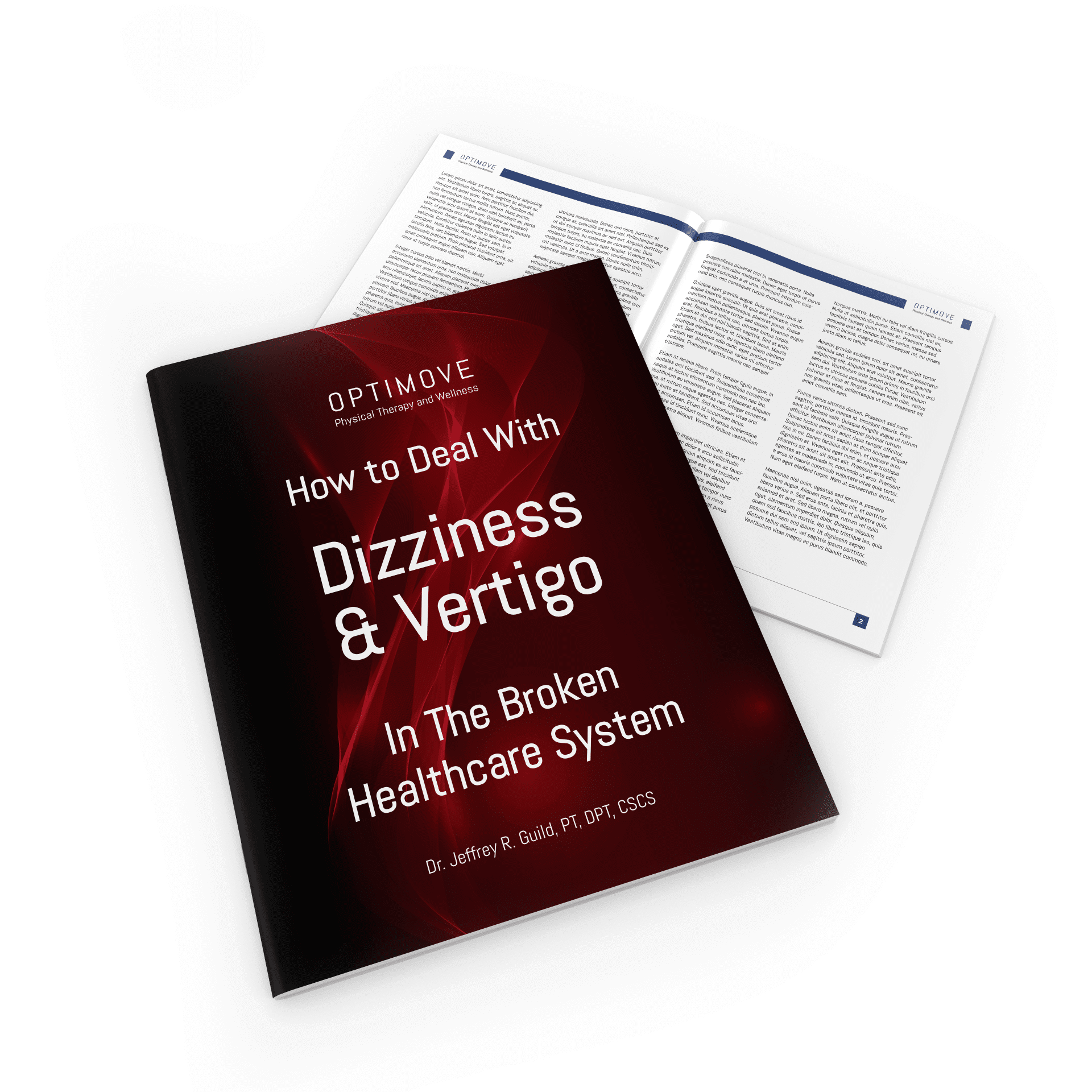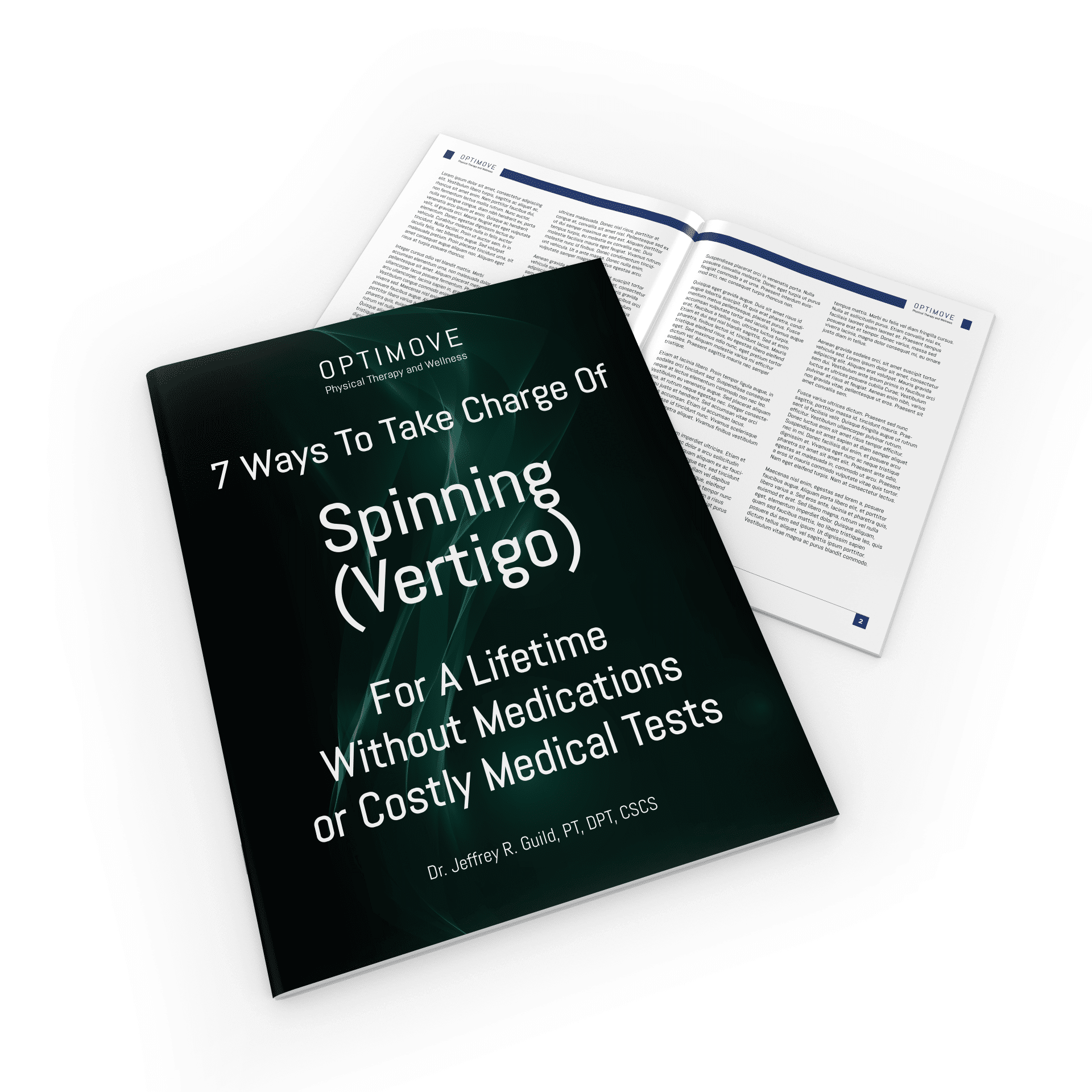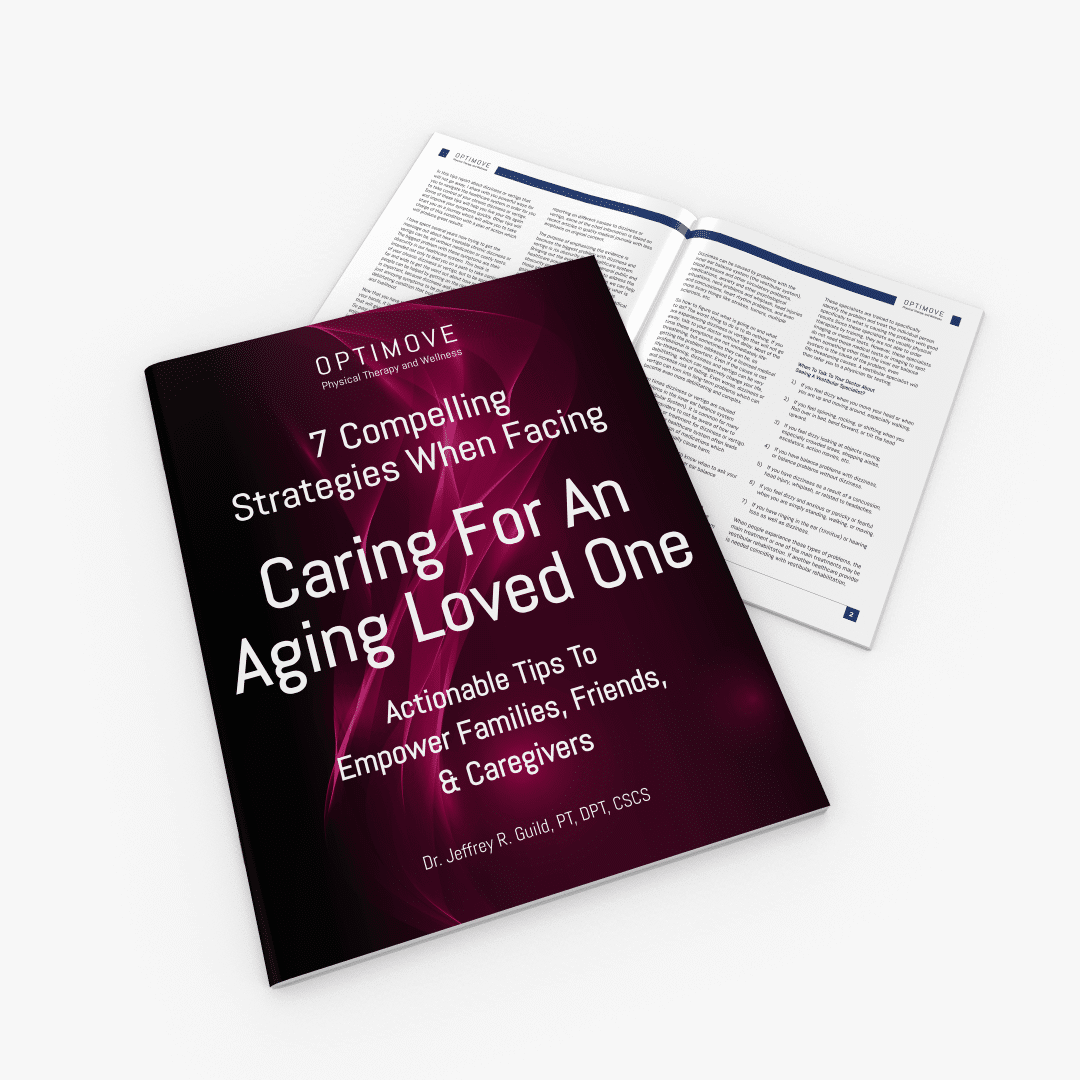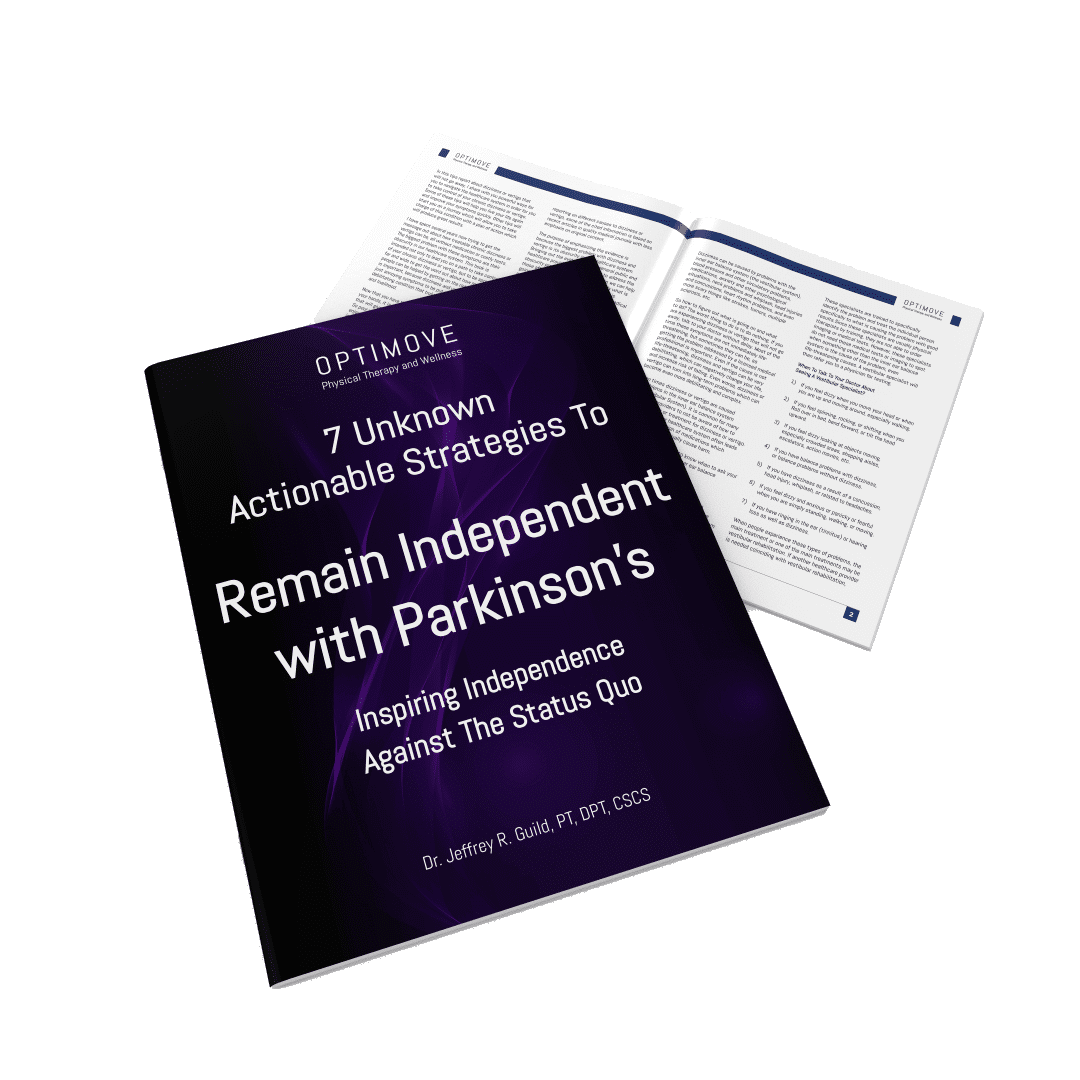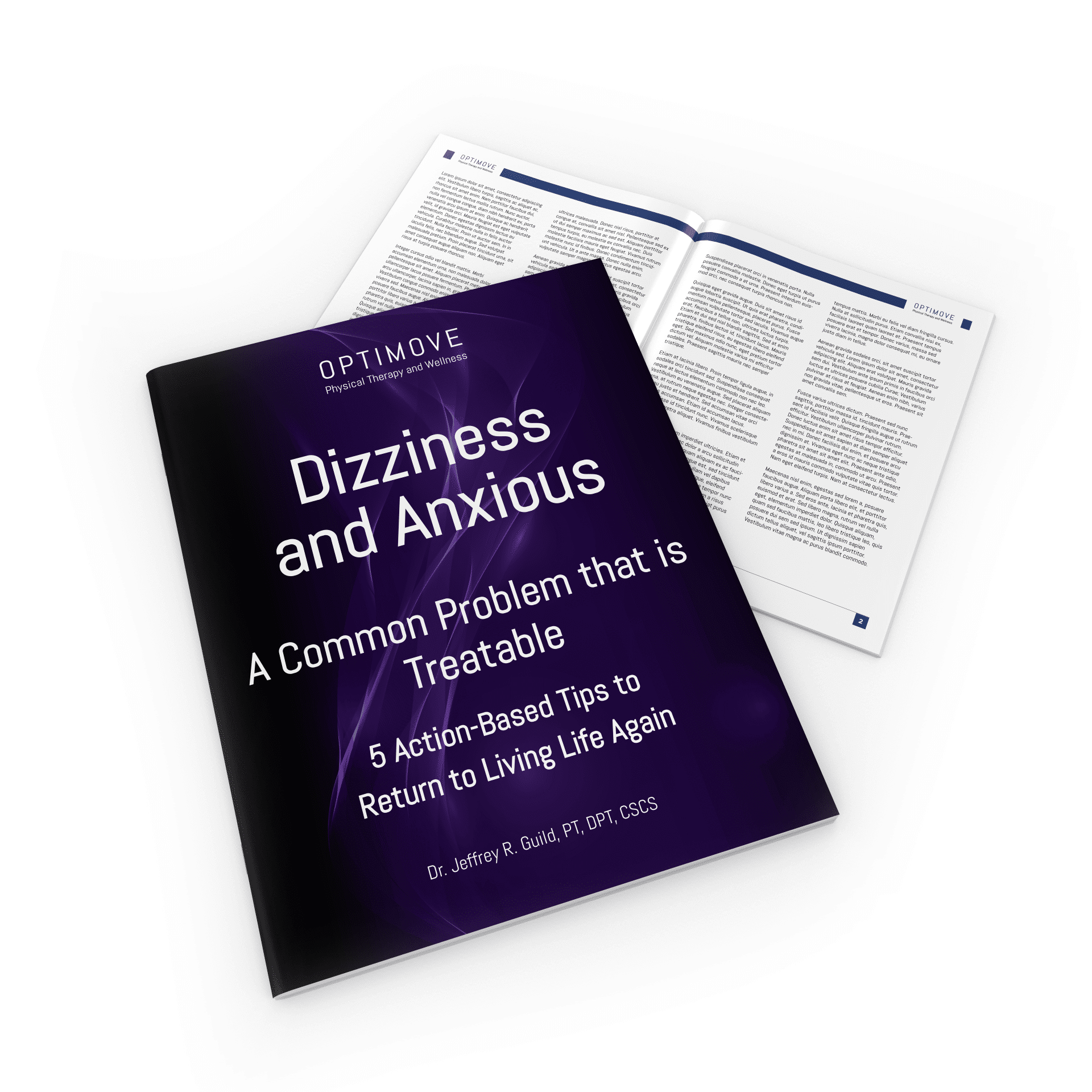We all went through a lot during the epidemic, here is my story. This is my journey!
Do you or an aging loved one struggle with balance and falls? There is hope. Let us empower you to maintain your independence at home and in the community.
Click the link below to book your free in-home discover visit: https://old.optimovedfw.com/balanceandfallsfb
Hi, I’m Dr. Jeffrey Guild, a physical therapist. Today, we’re going to talk about why Optimove was formed, a little bit about our story, and how we take on the upcoming epidemic about falls in our society that’s coming up in the next three to five to seven years. So, stay tuned!
For those of you who don’t know me, I’m Dr. Jeffrey Guild, a physical therapist. What we do is empower people to remain active and independent in their home and in the community and avoid going to a nursing home.
You may ask, how does Optimove do this?
The story for me started when I was 21 years old. At the time, I was a strength conditioning intern, working with division one athletes and, of course, training for power and strength and agility. These are very vital things for elite athletes.
As I was studying more and more, I realized the upcoming epidemic that would happen with Baby Boomers. As we get older, our muscle deteriorates, our fast-twitch muscle fibers and fast-twitch motor units decline, essentially lowering our ability to respond to falls.
Yes, some of this does happen naturally as we get older. However, for people who train, this decline is not as steep as it is for the rest of the population where it tends to be much steeper. For those of us who are not training, there’s going to be a fast, sharp decline in strength and power as we get older, affecting our ability to respond to falls.
I did my undergraduate thesis on training for leg power in the older population to prevent falls. The question then was, can older people, past 90 years old, even get benefit from strength training? The big conclusion was, absolutely yes. There’s a lot of benefit from strength training in the older population, especially past the age of 90, focusing on power and improvement in function.
As I studied more and more, I saw that this problem was going to become huge if we did not intervene. Thus, I devoted my career to change that. This upcoming epidemic is basically the Baby Boomers, who are going to be a large part of our population as we get older. In about five years from now, as of recording in 2023, the oldest baby boomers, currently 75, are going to be 80. So, what is our population going to be like at that time?
Now, with the silent generation – those over the age of 80 or 85 right now – it’s already a problem. Many are experiencing a massive issue with falls and a massive decline in their physical abilities because of what people think is the inevitable decline of strength, power, physical abilities, and balance.
The silent generation is experiencing an influx of falls and losing independence and moving to facilities at a very fast rate. We, as physical therapists, see this all the time as we’re working with this population.
There’s a major thought difference between the silent generation and the Baby Boomers, especially the younger Baby Boomers and the Gen Xers. The thought of, ‘Yes, you can do something about this. You can prevent these things from happening’ versus the thought process of the older medical community and the silent generation thinking that it’s inevitable.
Now, there are some challenges coming up due to the COVID pandemic and technology encouraging us to move less. This will become an increasing problem if we don’t get our population moving faster and acting more proactively. So, this is a major problem that is preventable, which we’re going to discuss.
The solution for this revolves around how our population reacts as they get older, how much we move, how proactive we are when a balance problem or a fall occurs. Having massive action, massive implementation, and maximum effort towards this problem can prevent the perceived inevitable decline of a generation.
After I graduated from undergrad and did my undergraduate thesis on training for leg power to prevent falls, I worked as a personal trainer in a healthcare fitness setting connected to a large hospital setting in the Dallas area. I mainly worked with older individuals and people with physical limitations. My passion was working with people to prevent injuries. So, we identified basic movement problems in people, and by correcting them, we could prevent many injuries.
Applying a lot of what I’d learned working with elite athletes, studying and then being able to take it towards an actual population of people, and successfully preventing many problems convinced me that prevention is key.
I went into physical therapy school, and there I found my passion in working with vestibular disorders – dizziness and vertigo types of disorders. This system was relevant to balance and falls, and I saw it as the key to preventing falls.
Working in different settings, I saw a gap in providing high-quality care to patients after they were discharged from facilities. Often, the plans for the care they were to receive at home were not adequate. Home Health was the only available option, but it provides relatively low-quality care and is not sustainable in the long term.
To fill this gap, I started bringing care to the patients’ homes. We could see exactly what real life was like for them and identify potential problems.
Over time, we’ve been able to prevent falls and decline in many patients, not only maintaining their physical abilities at a high level but in many cases increasing their physical abilities and helping them regain their abilities to fully engage with life and their families again.
Acting proactively is also important. When a fall occurs, immediate action can prevent a downward spiral.
Physical abilities are the number one frontline solution to prevent these falls. Improving mobility in home environments, working with rehab and fitness professionals, educating patients about their physical abilities – these are all things that can help. These are not Scare Tactics; these are realities. If we don’t accept and address these issues now, we’re going to face a major healthcare crisis.
Exercising regularly, addressing balance problems early, assessing and modifying home environments to reduce fall risk – all these are proactive measures you can take to improve your physical abilities and prevent falls. You don’t have to accept that, as you get older, you’re destined to fall and decline. You can act and prevent these problems by consistently exercising, regularly seeing a physical therapist, and addressing potential home environment risks.
We can prevent an epidemic of falls and declines. Buck the trend and don’t accept that you’re destined to succumb to these issues. It’s in your power to stay active, stay strong and stay independent for as long as possible.
I hope this was helpful to hear a little bit of our story, our mission, and how we’re sparking change. If you like this information, subscribe to our channel. We’re committed to broadening this discussion and empowering people to maintain and improve their physical abilities, regardless of age.


